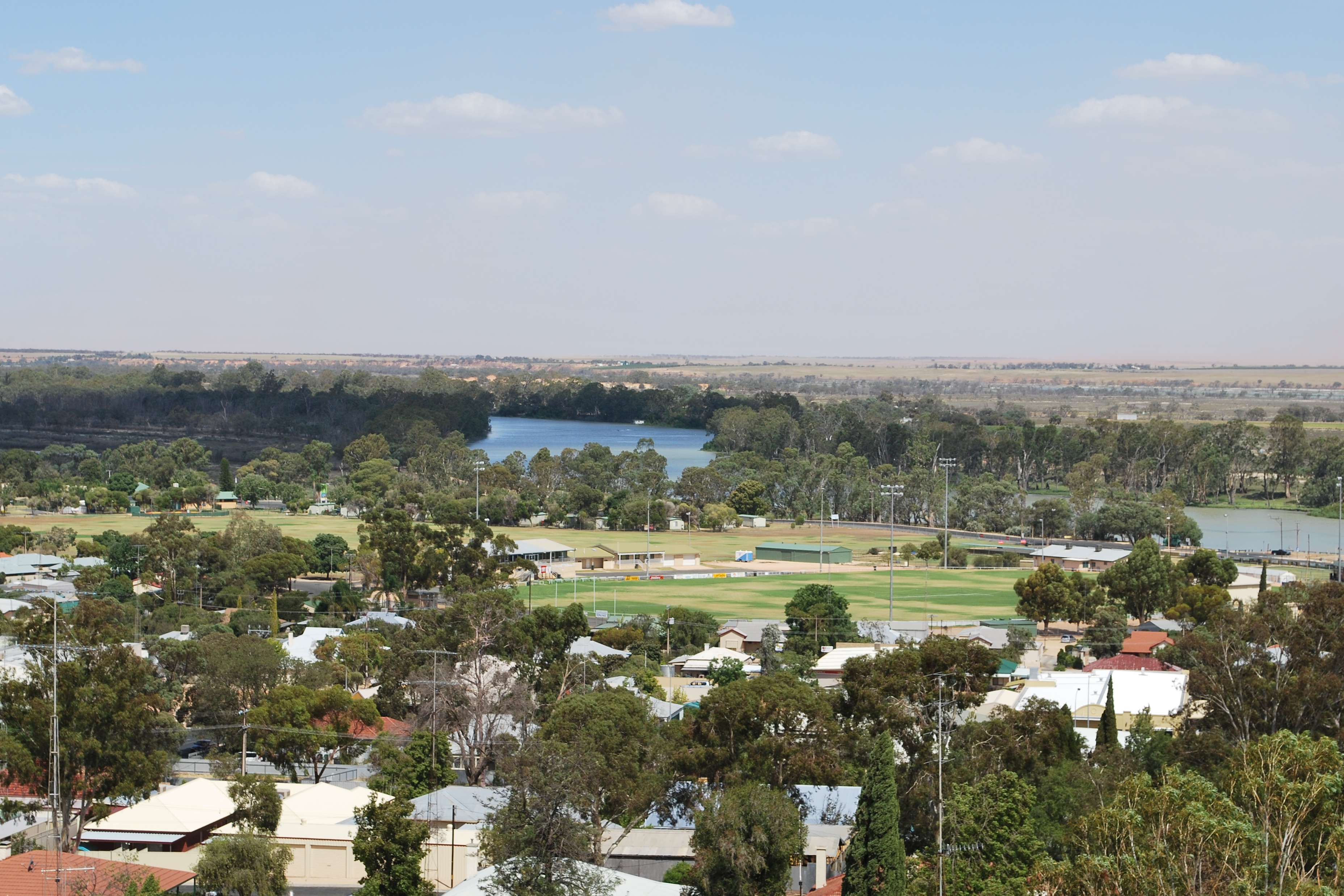Young workforce shuns the regions
Optometry professionals say the challenges they have experienced in recruiting staff and attracting buyers to regional New Zealand have intensified in recent years.
Heather O’Hagan, former owner of Coromandel’s Visique O’Hagan Vision Care, said she and partner Peter O’Hagan were at their wits’ end, looking down the barrel of having to shut the doors and walking away as they had been unable to attract a buyer after five years of trying.
Selling four practices in Paeroa, Te Aroha, Waihi and Whangamatā certainly made the process more challenging, O’Hagan said. Speaking to various interested parties over the years, it always fell apart at the final hurdle due to the difficulty of finding staff, she said. “We were prepared to give up the lease to our Paeroa practice when Peter spoke to Eyepro general manager Tom Frowde. He put us in touch with Ricky Lee, optometrist owner of The Eye Place in Auckland. Ricky bought all four practices, which was a huge relief to us and meant our patients still have somewhere to go, not having to leave town to get their eyes checked.”

Heather O'Hagan
Optometrists and Dispensing Opticians Board (ODOB) workforce surveys have identified a significant maldistribution of practitioners leaving some areas underserved. In its most recent report (released in 2024), it wrote: “While it is becoming increasingly evident the number of optometrists in New Zealand is high by international standards, and is outpacing population growth, the uneven geographical distribution of practitioners is increasing.”
This trend led the board to explore the barriers experienced by practitioners in relocating from urban centres to the regions in its latest survey. Among optometrists, family commitments were reported as the top barrier (44.7%), followed by lifestyle factors (21.5%) and friends and social reasons (18.3%).
The experience shared by regional practice owners tells the same story. “Students have come, had a good time and rated it highly but elected to seek work in the North Island to be ‘closer to family’,” said a small-town optometrist who wished to remain anonymous.
Optometry is not alone in this, they added. “The difficulty of attracting younger professionals to small towns in rural locations is not just in healthcare – it’s also lawyers, accountants, planners, engineers and surveyors.”
Based on practitioners’ perception of barriers to relocate, employers may need to
explore alternative strategies to attract staff, the ODOB said. “Employers could consider targeting these barriers directly, for example by promoting the lifestyle benefits and strong community support found in regional New Zealand and ensuring that relocation packages are family friendly.”
What about graduates?
Evidence suggests the two key factors influencing the likelihood of graduates moving to a more regional setting are if they have grown up in a smaller centre, or if they are exposed to work in the regions via an externship placement, said New Zealand Association of Optometrists (NZAO) president Hadyn Treanor.
The NZAO supports students who are looking to complete their externships somewhere further afield via the NZAO Education and Research Foundation (NERF) trust scholarships, he said. “Students may not necessarily end up working in the practice where they do their externship, but (they) have been shown to be more open to moving to other regional practices. Since all NZAO members contribute to the NERF fund as an annual charitable donation, as a collective they are helping to support their regional colleagues.”

NZAO president Hadyn Treanor
On the ground, there’s doubt the externship has tipped the scales much. “People who have only known Auckland, or any major city, can't imagine living anywhere but Auckland,” said the small-town optometrist.
O’Hagan agreed, saying her experience is that young optometrists don’t want to come to rural areas because they don’t see them as exciting places to live. “Peter and I are both from farming backgrounds, so Paeroa was great for us. Also, young optometrists probably need five or so years of experience before they can even consider buying their own practice and even then most grapple with a horrendous student loan they’ve got to pay back.”
Many small, provincial optometrists are also one-chair practices, which isn’t ideal for a young optometrist starting out, others pointed out.
Responding to such feedback from the profession, the School of Optometry and Vision Science (SOVS) at Auckland University has recently expanded the Regional and Rural Admission Scheme into the Bachelor of Optometry programme from five to 10 students. It has also received philanthropic funding to support a three-year pilot scheme to increase the numbers of final-year students taking up regional and rural external placement opportunities.
Casting a wider net
Michael Warner, dispensing optician and co-owner of Fitzroy Optometrists & Opticians in New Plymouth, and Paul Gray, optometrist owner of Stewart Caithness Gray Optometrists in Dunedin, have each spent many months searching for an optometrist to join their respective practices without success. Both are now promoting co-ownership as an extra incentive, but with no luck yet.
Having advertised locally, and in Australia, and reaching out to both SOVS and the University of Melbourne, Gray said the lack of applicants pushed him to look further afield. “I actually advertised on the UK’s College of Optometrists’ website, being a member still, and had seven or eight replies, of which five or six were based in the UK. Thanks to the Optometry Council of Australia and New Zealand (OCANZ), though, it would take anyone until the end of the year before they could register and start work and cost them about AU$15,000 to go through that process. (I’m) getting pretty frustrated with the situation and can’t see it changing anytime soon.”
The fact that optometry remains on New Zealand’s Immigration Green List and still doesn’t appear to have created a sudden influx of overseas optometrists is likely due to OCANZ’s registration requirements for overseas optometrists’ qualifications (see box) to be accepted by the ODOB, agreed Treanor.
However, while Treanor said he empathises with practices’ predicament, he also stressed that New Zealand optometry has worked extremely hard to build a high standard of clinical practice and some safeguards to the standard are required. “While OCANZ is best positioned to determine the standard required for practice in New Zealand, NZAO would be happy to look into any potential administrative barriers regarding the OCANZ process,” he said.
Ultimately, regional optometry is about ensuring equitable access to eye healthcare in New Zealand, whether you live in a metropolitan centre or in the regions. Access and community were important factors for Ricky Lee and his wife when deciding to acquire the O’Hagans’ four Coromandel practices. “We thought that if the O’Hagans had shut down completely there would be a huge hole in the community,” said Lee, adding regional practices have appealed to him since his locuming days.
While Lee admits they didn’t want to move too far away from Auckland, where family and friends are mostly based, Coromandel was an acceptable distance from them, he said. “It is early days, but we are already finding patients have been very welcoming and friendly, despite it being a transition for them, too, since they are used to seeing Heather and Peter – some for over 40 years!”
OCANZ examination process
Overseas-trained optometrists who want to register and practice optometry in Australia or New Zealand must sit and pass the Competency in Optometry Examination (written and clinical).
The first step is for the applicant to apply to sit the exam. If they are deemed eligible, they can then undergo a written examination, which is held as a remote online proctored examination that can be completed in the applicant’s home country.
Once the applicant has passed the written exam, they will undergo Cultural Safety Training, which can be completed in their own time. The final step is the clinical examination, involving skills assessment and patient examinations, which is held at the Australian College of Optometry in Melbourne and available two to three times per year.
The application process costs about AU$13,200 (NZ$14,303) plus travel, accommodation and visa. Resitting tests incurs additional costs.
See 'Related story' below about ‘Buying or selling’ practices
























